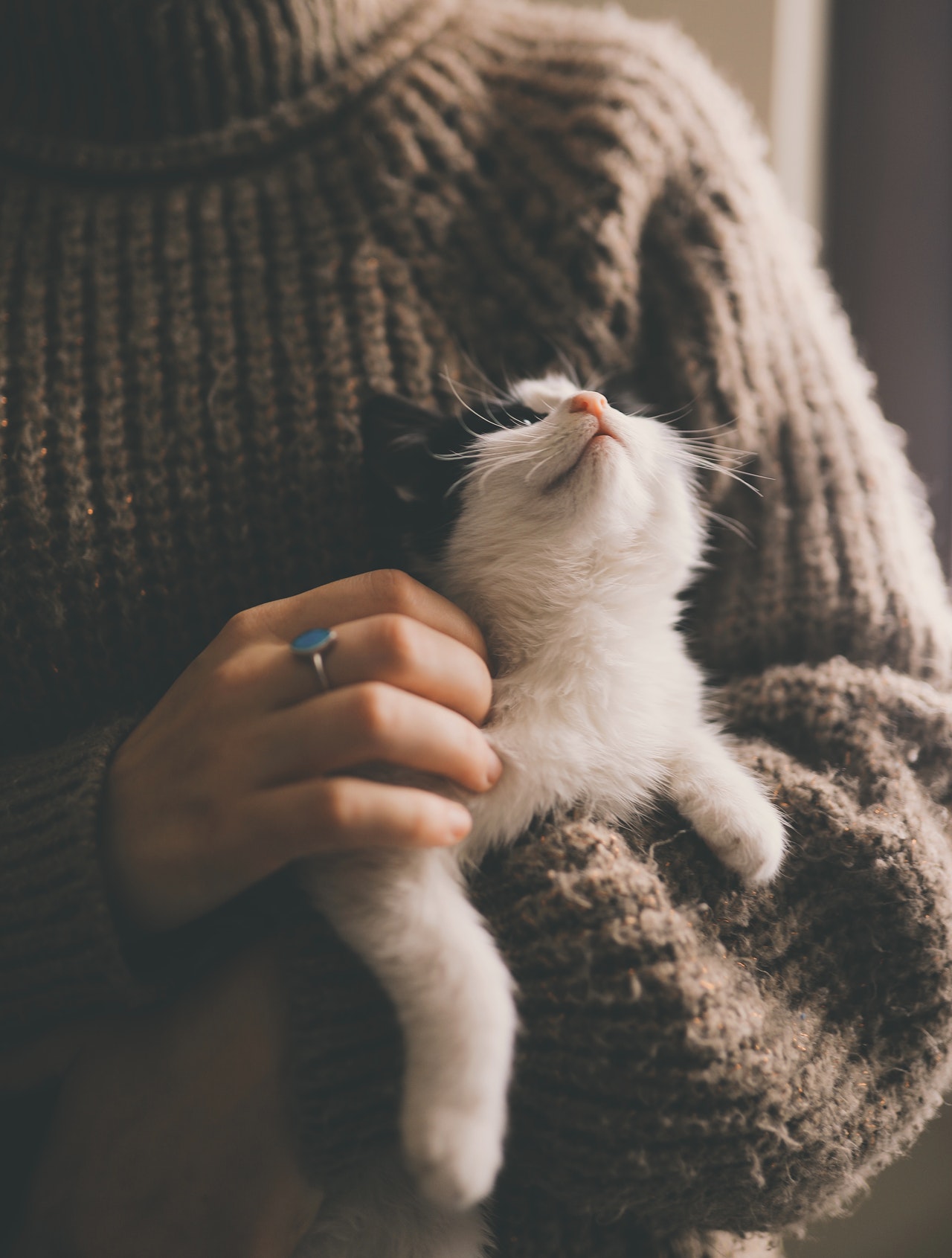Common causes your cat may be missing meals
by Ontario SPCA and Humane Society | Cat Care | August 24, 2021

When the dinner bell rings, many people expect their feline friends to make a dash for the dinner bowl. If you’re noticing your cat has begun to pass on meals, it’s important to get to the bottom of what’s causing the change to their appetite.
Causes of appetite reduction
There can be a variety of factors why your cat is not eating. Some of the causes may include:
- Stale food
- Dental problems or periodontal disease
- Switching to a different food too quickly
- Competition to eat from other household animals
- Changes in the feeding routine
- Mood disorders
Knowing your furry friend’s typical eating routine will help identify whether you need to seek support from a veterinarian. For example, young kittens should be eating every few hours so they don’t run into trouble with low blood sugar, and cats with underlying health issues (such as diabetes) need to be closely monitored on the food intake front as well. Talk to your veterinarian about what you can expect around your cat’s individual feeding routine so you know when to seek support from their services.
Behavioural symptoms
Aside from an untouched meal, you may notice a decline in your cat’s physical activity, and an increase in sleeping. Friendly cats may become withdrawn or hide more. If there is a marked change in your cat’s routine or habits, insufficient nutrition could be the cause. We encourage you to contact your veterinarian to discuss the best plan moving forward for your cat.
Supporting healthy eating habits
There are a few steps you can take to ensure your cat is getting the adequate nutrition they need:
- Check kibble freshness. Stale food is a quick way to deter a cat from eating. If the kibble bag does not have a sealed closure, place food in an alternate bag or container with a tight seal to keep food fresh longer.
- Experiment with wet food. Introduce new food to their diet over 5-7 days to reduce the chance of stomach upset. Make sure the new food is consistent with any recommendations from your veterinarian.
- Change the flavour of food (same brand, same formulation). Changing up the flavour may appeal to your cat’s taste buds as well.
- Boil water and add to soften your cat’s existing kibble (be sure to let the water cool before feeding). It enhances the scent molecules of the food.
- Location matters. Food that is placed too close to litter boxes or standing water, such as their water dish, may cause cats to lose interest in their kibble. Moving their food bowl elsewhere in the house, such as higher up off the floor in a safe location, may trigger your cat’s sense of adventure.
- Households with multiple animals may be causing dinnertime stress. Scheduled feeding times and/or separating food dishes could help, particularly in environments with multiple cats.
- Privacy please! Cats typically prefer to eat solo. If they currently can’t have that privacy, consider moving their food bowl location to another area of the house.
In summary
It can be tricky to pinpoint a specific cause as to why your cat is not eating. If your cat’s food avoidance has exceeded the recommended timelines above, be sure to contact your veterinarian. They can provide a thorough examination, rule out any physical causes, and offer advice and support. You can also check out our video on cat nutrition!
Check out this resource on Royal Canin’s website for tips on keeping your cat at a healthy weight.
Categories
Testimonial
Thank you for your dedication
Thank you for your dedication to helping the animals. Every animal deserves a loving home and to be treated royally. Just imagine a day without animal cruelty. What a wonderful day that would be!
